Pipette vs Pipettor: Understanding the Difference
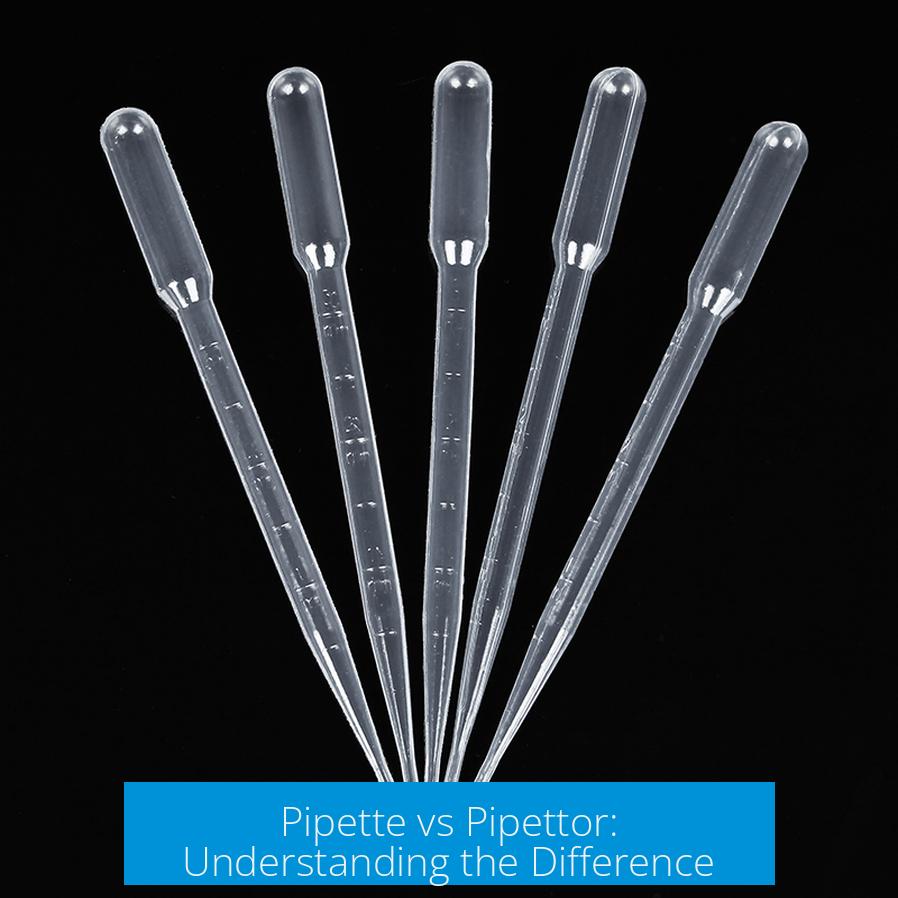
A pipette is the liquid holding device used to measure and transfer small volumes, while a pipettor is the tool or instrument employed to draw liquid into the pipette. Though some use the terms interchangeably, they refer to distinct components in liquid handling.
Terminology and Synonymity
The terms “pipette” and “pipettor” sometimes appear as synonyms, especially across regions. In American English, “pipettor” is uncommon, and “pipette” or “pipet” dominate. However, the words describe different objects in practical use.
Definitions and Usage
- Pipette: A narrow glass or plastic tube designed to hold liquids, typically in volumes from about 1 to 5 mL. It serves as a container to transfer measured quantities of solutions, although standard pipettes may lack exact precision.
- Pipettor: An instrument used to fill the pipette. This includes mechanical or electronic devices like micropipettes or fillers that draw fluid into the pipette. Pipettors facilitate precise liquid uptake and dispensing.
Regional and Language Differences
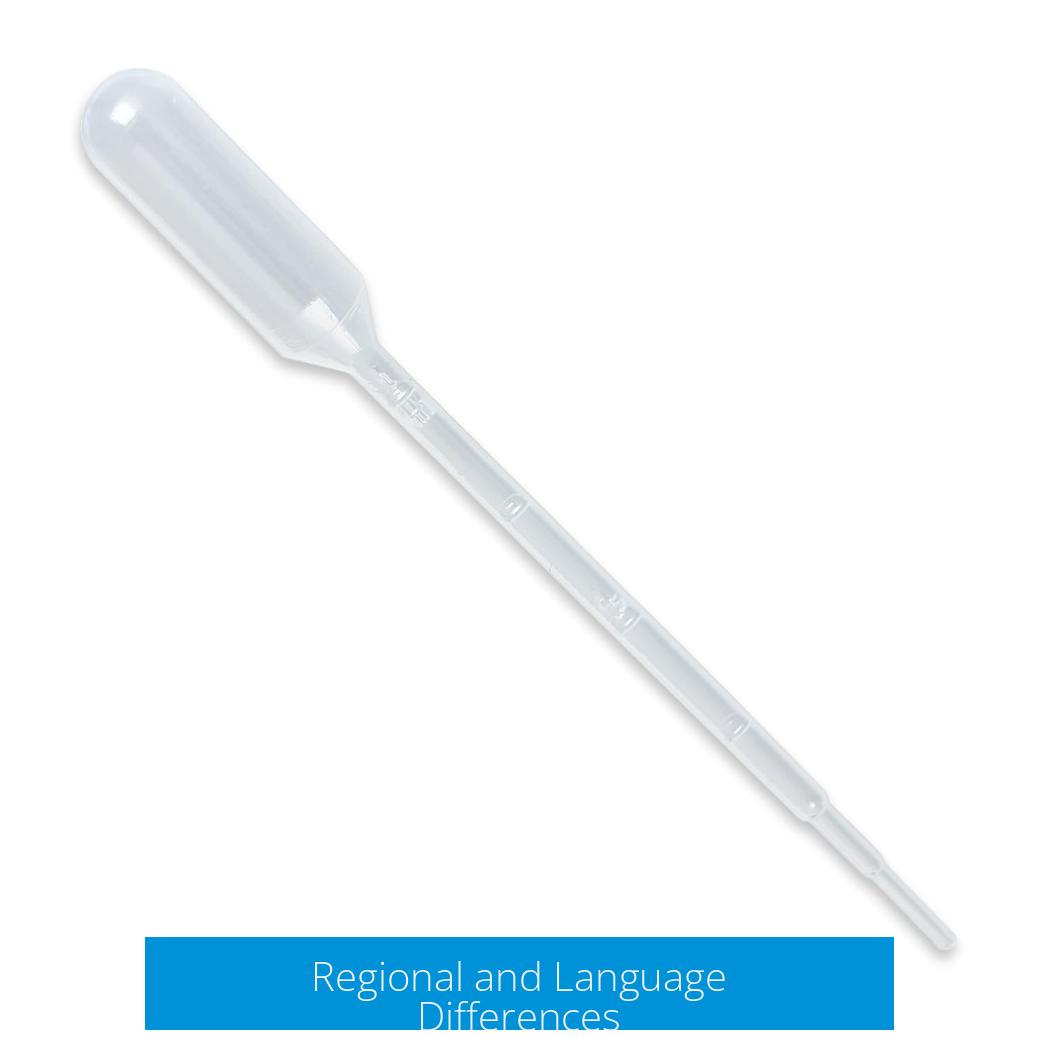
In France, “pipette” refers to the tube itself, while “pipetteur” describes the device or mechanism used to draw liquid into the pipette. The “pipetteur” plays an essential role in experimental settings, especially when working with burettes or graduated pipettes. In contrast, American laboratory language does not frequently use “pipettor.”
Instrument Roles and Practical Application
| Instrument | Role | Example |
|---|---|---|
| Pipette | Liquid container and transfer tool | Serological or volumetric pipette |
| Pipettor | Device to draw or dispense liquid into pipette | Micropipette or pipette filler |
Understanding the distinction enhances proper usage in laboratories. The pipette holds the solution, while the pipettor enables precise and controlled uptake of that solution.
Key Takeaways
- The pipette is the tube used to hold and transfer liquid volumes.
- The pipettor is the instrument that fills or assists in handling the pipette.
- Terminology varies by region; Americans often use “pipette” only.
- “Pipettor” can refer to mechanical or electronic devices for accurate liquid transfer.
- Understanding these roles improves laboratory technique and communication.
Pipette vs Pipettor? Understanding the Tiny Tools of Liquid Handling
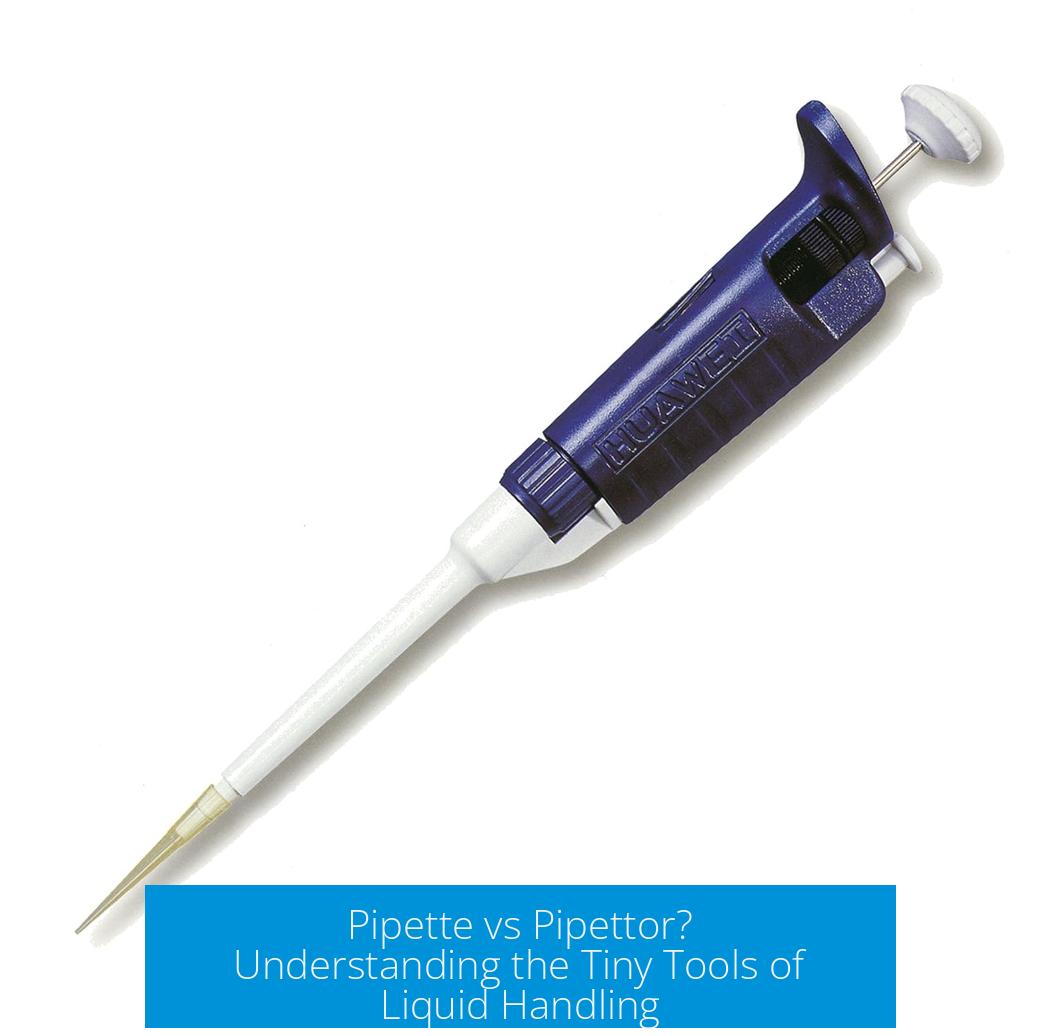
Are pipette and pipettor just fancy words for the same thing? Short answer: sometimes yes, but there’s a neat little twist hiding in the details. In the world of laboratories and liquid handling, these terms have subtle but useful differences that chemists, biologists, and lab enthusiasts should know. Let’s dive into the small yet mighty debate of pipette vs pipettor.
Imagine you’re in a lab, about to measure out 2 mL of a mysterious green liquid. You reach for a slender tube or a gadget. Is it a pipette? A pipettor? Or perhaps both?
Terminology and Synonymity: Same Tool, Different Dialects?
In many places, pipette and pipettor are used interchangeably. Some folks say they’re the same item wearing different names like secret agents with double identities. If you’re American, you might hear “pipette” way more than “pipettor.” The word pipet also pops up as an alternate spelling, but “pipette” reigns supreme in usage.
Think of it this way: a pipette is that classic lab tool everyone knows, while “pipettor” occasionally surfaces as a synonym—especially across different labs or regions. So if someone hands you a pipettor and you’re an American listener, you probably won’t blink twice. But if you’re a French high school student, “pipetteur” might remind you of that odd device that helps suck up liquids.
Definitions and Usage Differences: What Does Each Do?
1. Pipette: The Liquid Holder
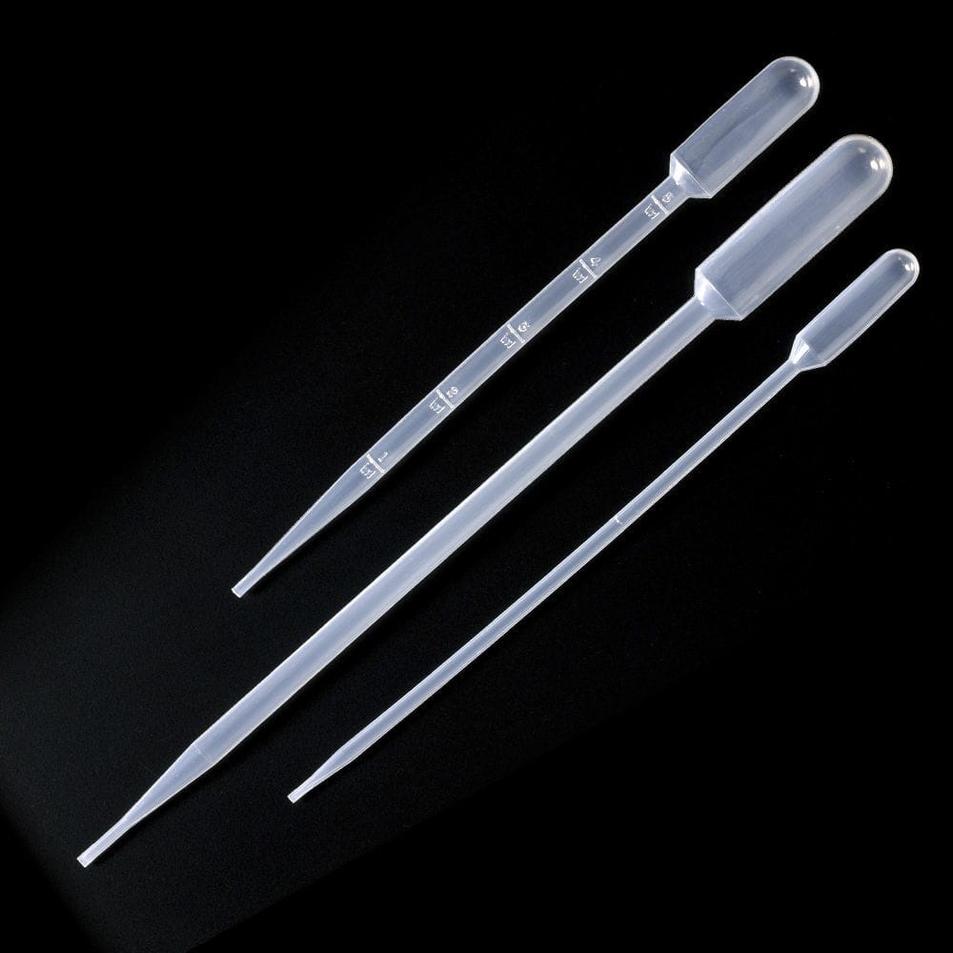
A pipette is best described as a narrow glass or plastic tube. Its job? Holding and letting you transfer small amounts of liquids, usually from around 1 to 5 milliliters. Pipettes are generally not the strictest about precision—they’re excellent when you want to grab a quick splash of solution without sweating the micro details.
Imagine an old school dropper or a slender straw that scoops up a bit of liquid and lets it out neatly. That’s your pipette.
2. Pipettor: The Helper Device
Here comes the subtle difference: a pipettor is not the tube but the “gadget” you use to fill or operate the pipette. Think of it like the assistant taking on the more mechanical or technical work.
Micropipettes, those precise instruments often used in genetics or pharmacology labs, sometimes get called pipettors. The pipettor can be a handheld device with buttons and pistons making small volume liquid transfer smooth, accurate, and repeatable.
For bigger scale work, like the ones involving serological pipettes (long glass or plastic pipettes), pipettors serve as fillers or suction devices to draw liquid without using your mouth (which can be messy and unsafe).
Simply put: pipette = container of liquid; pipettor = the tool to move the liquid into/out of the pipette.
Regional and Language Differences: Where You Stand Matters
Language matters here. In France, schoolkids learn about “pipette” and “pipetteur.” The latter (“pipetteur”) helps pull fluid when working with burettes or graduated pipettes. To them, “pipetteur” feels very specific and less like a casual synonym.
On the flip side, U.S. labs often skip “pipettor” altogether. The American perspective usually lumps everything under “pipette.” So, if you’re chatting with researchers overseas, watch out for these little nuances!
Instrument Roles and Practical Tips
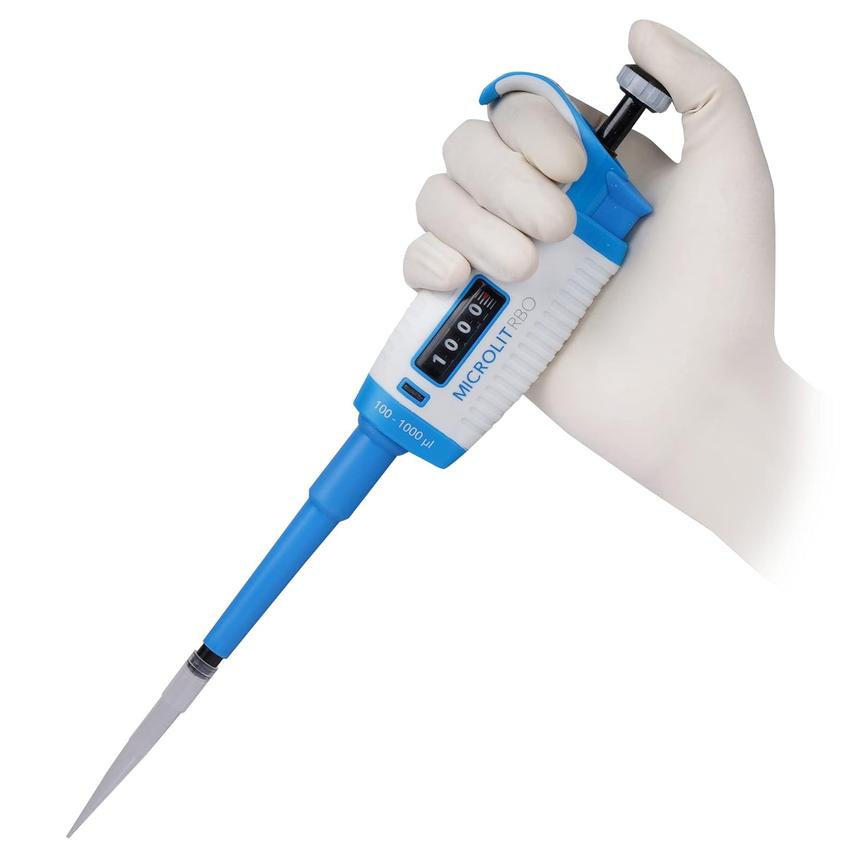
- Pipette: Your slim tube that holds the liquid, typically glass or plastic. Great for grabbing 1 to 5 mL of fluid. Use it when you don’t need pinpoint accuracy but want to handle your solution cleanly.
- Pipettor: The device making liquid transfer easier and safer. Use it to suction or deliver precise amounts, especially handy for micropipettes or when working with serological pipettes.
Ever tried drawing liquid into a glass pipette by mouth? Don’t! That’s where pipettors come in. They provide safe aspiration and dispensing methods, making your lab work cleaner and safer. Plus, they reduce user fatigue during repetitive tasks.
Proof in the Practice: Why Know the Difference?
You’ll find that in high-throughput labs or research heavy fields, micropipette “pipettors” rule the bench. They offer volume presets, easy calibration, and ergonomic comfort. Meanwhile, manual pipettes reign in teaching labs or simple liquid transfers.
Knowing the distinction prevents confusion. If someone tells you to “grab the pipettor,” now you’ll know they mean the tool running the show, not just the tube holding liquid.
Got Pipette, Need Pipettor? Or the Other Way Around?
If your lab only stocks pipettes without fillers, you might struggle with accuracy. On the other hand, having a pipettor without compatible pipettes is like having a car without gas—it won’t move much. Always pair the right pipette with the right pipettor.
Final Takeaway: What Should You Remember?
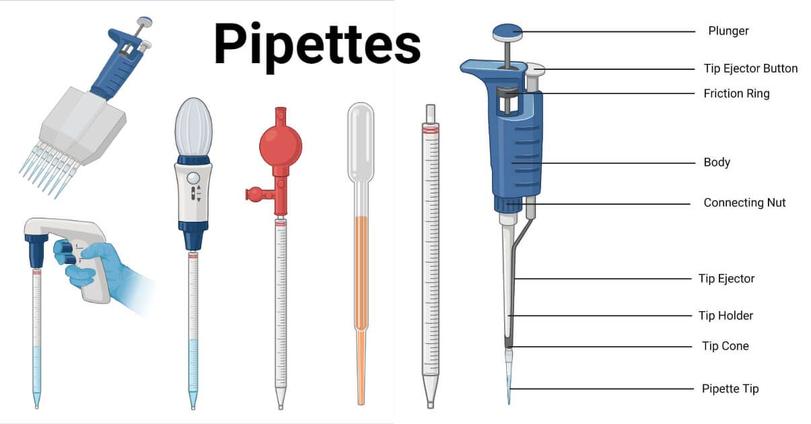
The pipette and pipettor are closely linked but different players in liquid handling. The pipette is the container that holds liquid, while the pipettor is the tool to get liquid into or out of the pipette safely and accurately.
These distinctions matter more in professional or precise settings than casual handheld transfers. So the next time you’re handling liquids, remember which tool does what. Your experiments — and your fingers — will thank you.
Before You Go
Ever experienced a mix-up with these terms in your lab? How did it affect the results? Or maybe you’ve got favorite pipettor brands or hacks for beginners? Share your thoughts and stories below. Who knew pipettes and pipettors could spark such fun debates?
What is the main difference between a pipette and a pipettor?
A pipette is a tube used to hold or transfer liquid. A pipettor is the device that helps draw liquid into the pipette, like a filler or micropipette controller.
Are pipette and pipettor the same thing?
In some regions, the terms are used interchangeably. However, generally a pipette is the glass or plastic tube, and a pipettor is the tool that operates it.
Why do some people call a pipettor a pipette?
Because in some places like the U.S., people rarely use the word pipettor. The term pipette often covers both the tube and the tool controlling it.
How are pipette and pipettor viewed differently in French and American contexts?
In French, a pipette is the tube and a pipetteur (similar to pipettor) is the tool to pull liquid. In the U.S., pipettor is less common, and pipette refers to the whole setup.
What types of liquids and volumes do pipettes usually handle?
Pipettes typically handle small liquid volumes from about 1 to 5 milliliters without high precision. They are often used for rough transfers.


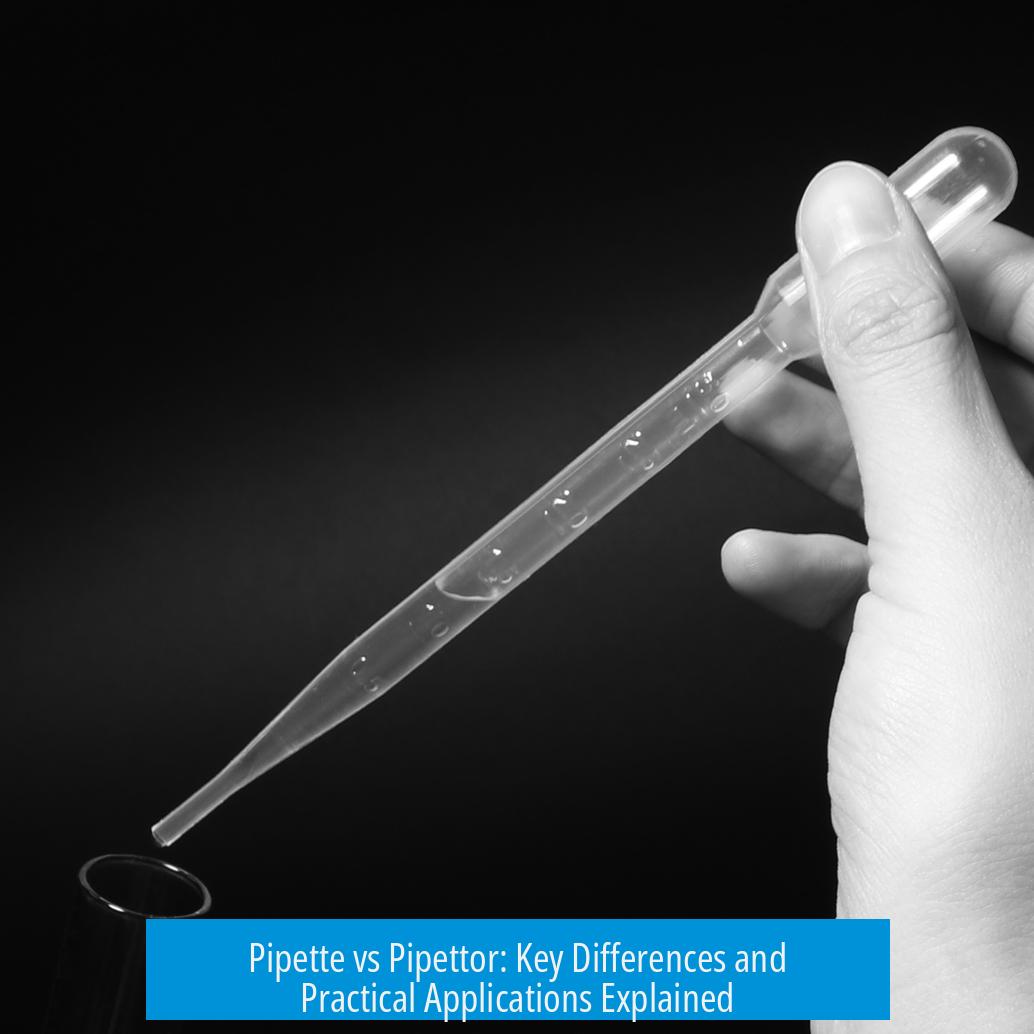
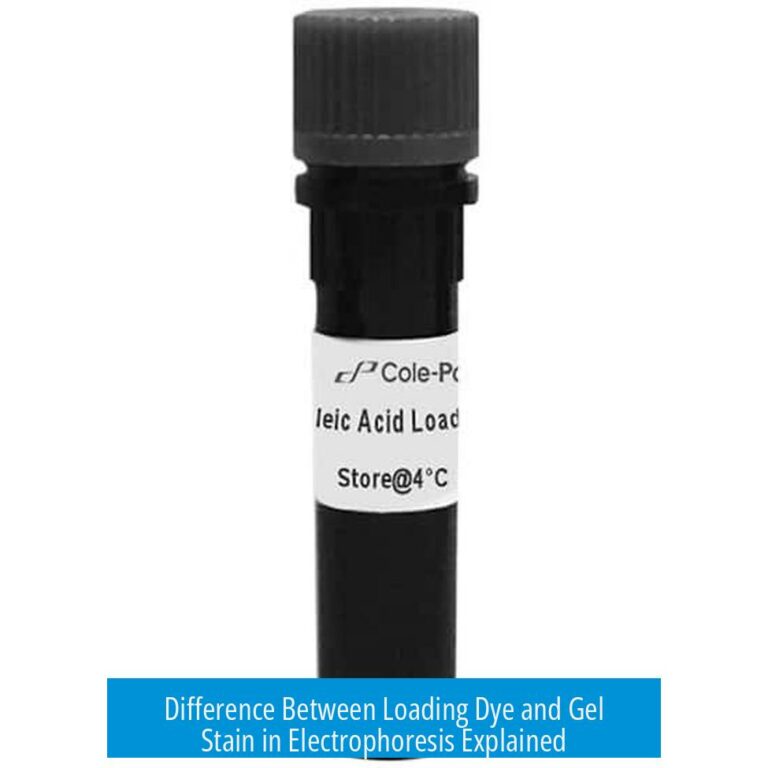

Leave a Comment